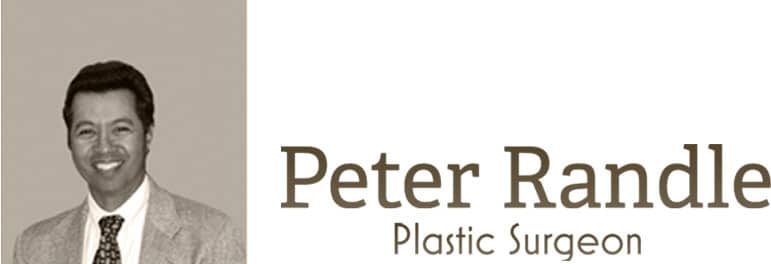Fat Grafting – Autologous Fat Grafting
Fat grafting can be performed in the facial regions (micro and nano fat), hands, as well as the body (regular fat). The fat is usually taken from unwanted regions, prepared, and injected into desired regions and areas of deficiency. Addition of fat allows the contour changes to be improved compared to removal alone by liposuction. The literature describes the transfer of cells which not only provide volume but may also have rejuvenation properties. Minor volume fat transfer can be done as an outpatient procedure under local anaesthesia.

